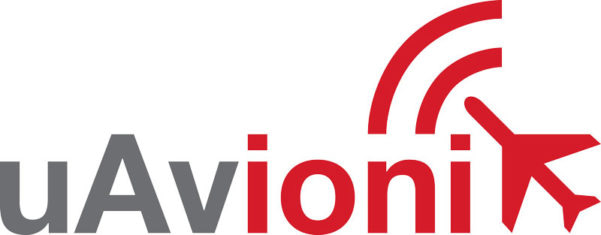A few years ago, our CEO Paul Beard had an idea. As unmanned aerial systems (UAS) were growing in popularity and prevalence, so were close calls between UAS and manned aircraft. While larger manned aircraft have systems on board that help pilots avoid collisions, no such technology existed for smaller UAS. Manned aircraft utilize something called “ADS-B transponders” that transmit and receive the position of other manned aircrafts. ADS-B stands for “automatic dependent surveillance — broadcast” and is an aircraft tracking technology that allows aircrafts to both transmit their location and receive the locations of other aircraft to reduce the risk of collision.
So what if you could take this ADS-B technology and miniaturize it to be used for unmanned aerial systems (UAS), enhancing the safety of their operations and giving their operators the same level of situational awareness as the pilots and controllers of manned aircraft? Out of this idea came uAvionix, founded in 2014, and our Ping ADS-B transponder, a device weighing only six grams that can be attached to virtually any UAS and provide its operator with traffic management services for flight avoidance. Once deployed, the technology allows operators to detect all aircraft threats within a 30-mile radius in real time, minimizing the chances of a collision with other aircraft.
In the time since Paul conceived of the idea for the Ping transponder, UAS have become increasingly prevalent. The economic benefits and societal value that UAS promise to deliver have driven growth in the public and private sectors. Still, even with all of this promise, there remain concerns around the safe operation of this burgeoning technology. As the number of consumers operating drones has increased, it has been difficult for quality educational efforts to keep pace, and those who operate without the appropriate precautions threaten the industry as a whole. UAS close calls and reported sightings by aircraft pilots are on the rise. And while many of these reports are unsubstantiated or lack real evidence, one close call is one too many.
For our company, these near misses represented an opportunity to develop a problem-solving technology that could help mitigate some of these issues. But these close calls have also given rise to efforts by policymakers to increase the regulation of UAS operations. Some technical solutions, such as geo-fencing, have been floated to keep UAS away from airports and other high-risk areas. Other proposals would direct the Federal Aviation Administration (FAA) to require safety features that govern altitude, location of flights, and collision-avoidance software for all new UAS.
Additionally, a number of groups have pursued educational efforts to ensure a degree of professionalism in the use of the national airspace (NAS). Last year, the FAA successfully implemented a nationwide registration system for all UAS in an effort to educate new users about airspace rules and responsible flight. Other programs like FLYSAFE from the Academy of Model Aeronautics, the No Drone Zone campaign, and the Know Before You Flyeducational initiative augment situational awareness and help drone operators know whether it is safe to fly in their current or planned areas.
But while education and outreach campaigns are effective ways to encourage proper airmanship, to truly capitalize on the many aforementioned UAS services coming to market, there is a need for an air traffic network for all operations, both unmanned and manned. This may be the single-most important effort by policymakers to ensure the future of safety of the NAS.
Right now, there is no universal way for both unmanned and manned aircraft operators to visualize the airspace. As mentioned above, manned aircraft have a system in place to detect other manned aircraft, but UAS are not broadly integrated into that system. uAvionix’s transponder utilizes this existing FAA communication infrastructure used by manned airplanes, providing drone pilots the same degree of situational awareness as pilots and controllers of manned aircraft. In other words, a drone equipped with the Ping ADS-B transponder will not only sense-and-avoid other similarly equipped drones, but also manned aircraft. This has huge potential to solve many of the existing safety policy challenges. But in order to be fully deployed, our technology is dependent on bureaucratic processes around UAS integration and traffic management.
The FAA is currently evaluating the use of ADS-B technologies like uAvionix’s transponder for sense-and-avoid purposes as part of a broader effort to develop a UAS traffic management (UTM) system for low-altitude airspace. uAvionix is participating and providing input in this evolving discussion. While we have hit some early speedbumps around spectrum usage, we are confident that these issues can be resolved. As a prototype technology provider for NASA’s UTM system, uAvionix is actively cooperating with airspace integration requirements for enabling safe, efficient, low-altitude operations. Working alongside strategic government, industry, and academic partners, uAvionix is assisting in the development of hardware and testing it in a series of increasingly complex tests. Together, we are committed to finding a solution for UAS integration that preserves both the safety of our airspace and the viability of our existing aircraft tracking technologies. Going forward, we hope to see more collaboration between government decision makers and startups like ourselves to conceive of policy and technological solutions that make sense for this growing industry.


